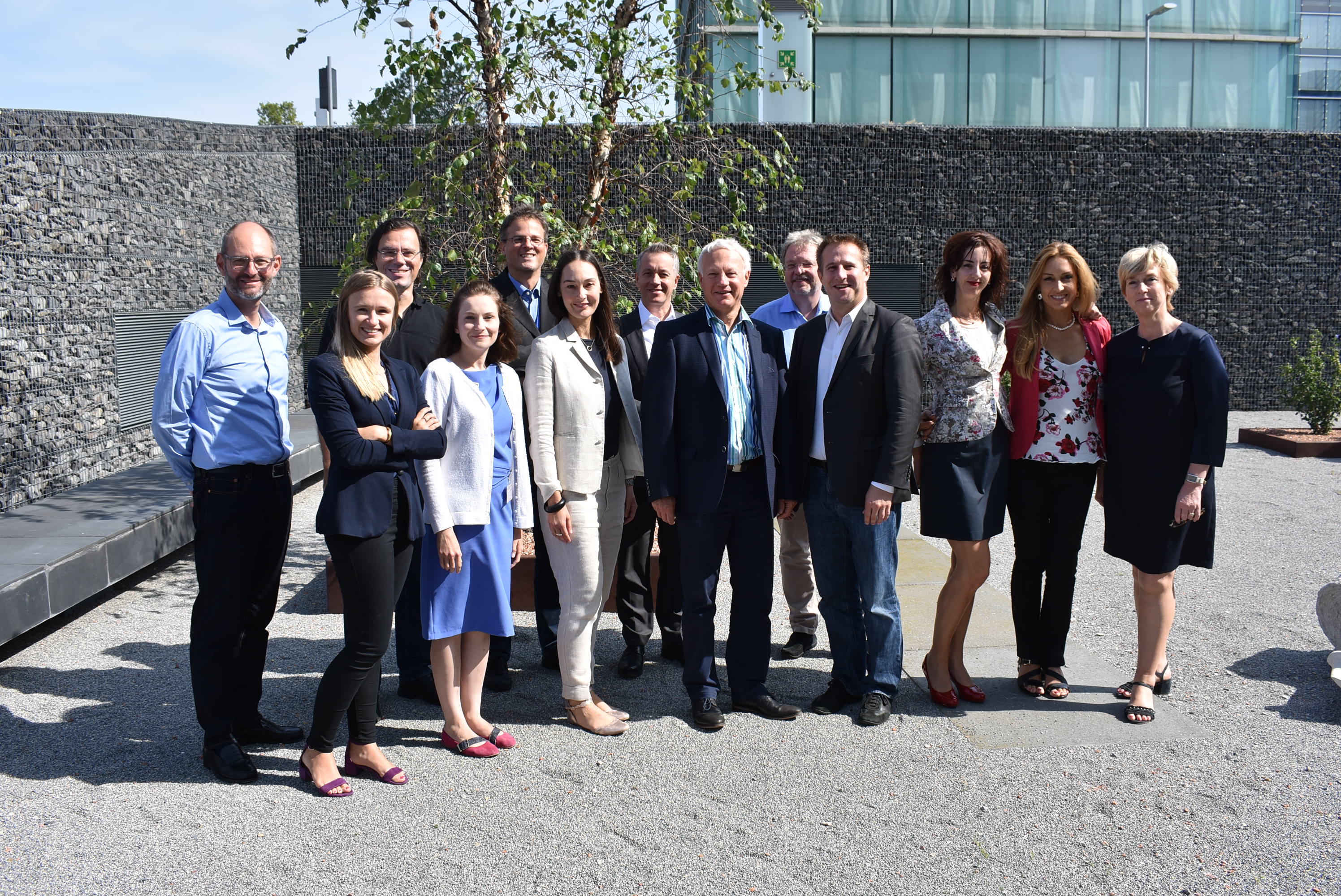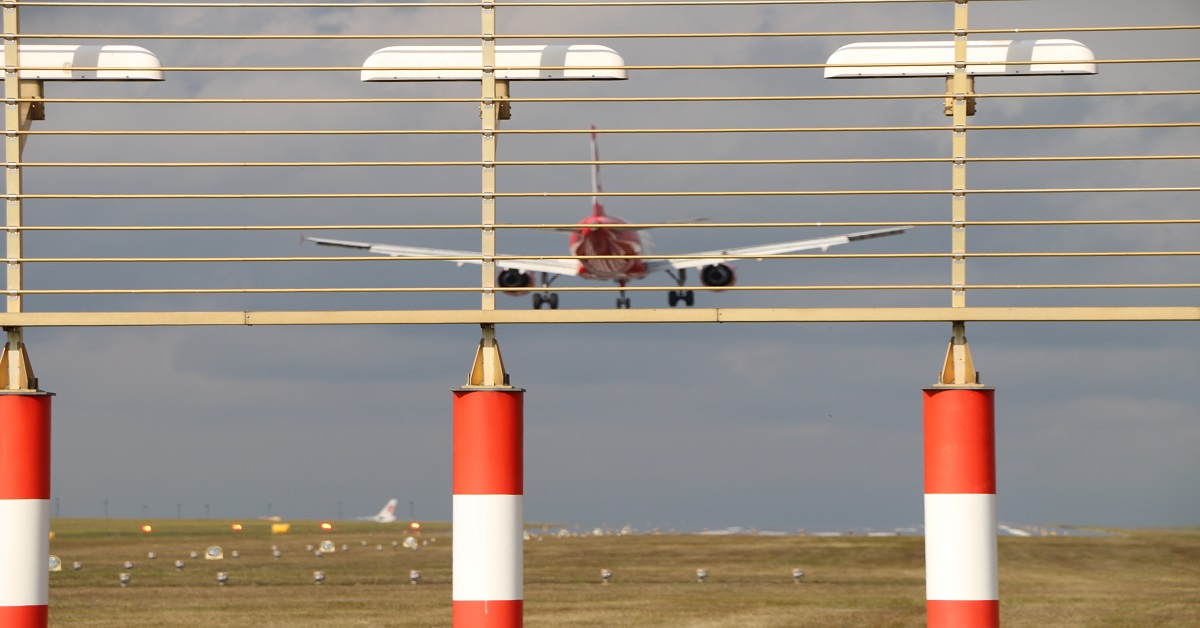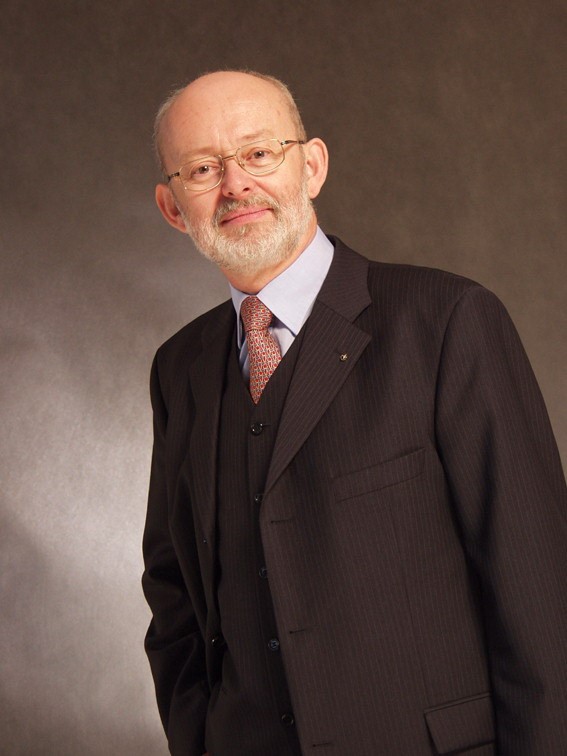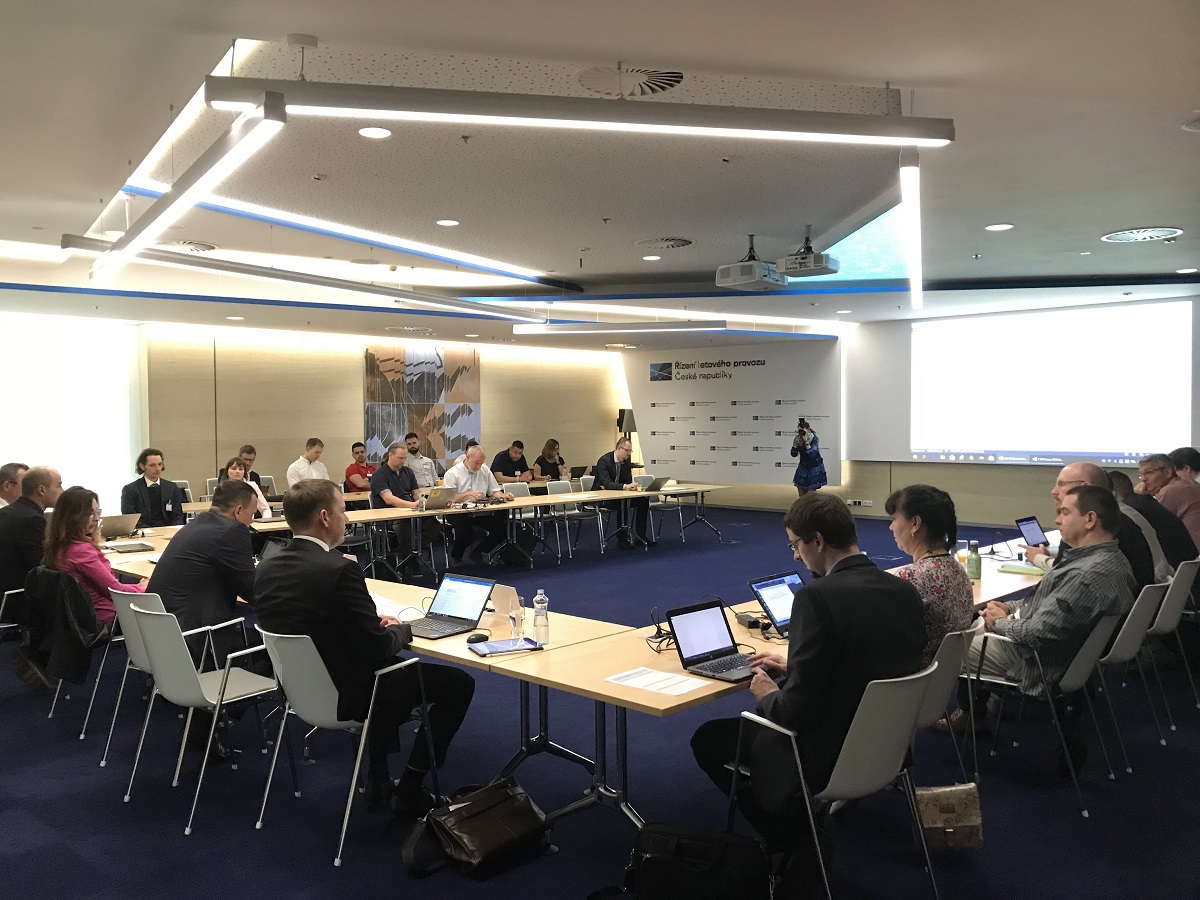FAB CE News

FAB CE hosted the 3rd InterFAB Communications Workshop, which took place in Vienna in the first week of September. Participants from FABs all across Europe discussed ways of how to make FABs more accessible to the public.
Planning and implementing FAB CE common operational and procurement programmes should move ahead more swiftly in the future.

FAB CE technical experts have successfully concluded an important common procurement programme, harmonising equipment procurement measures and reducing costs for all involved.

Chief executives of FAB CE’s seven air navigation service providers (ANSPs) and their technical experts have given their go-ahead for the NAVAID optimisation project which will improve interoperability and data-sharing through the optimisation of navigational aid (NAVAID) infrastructure, reducing duplication and unnecessary complexity.

Petr Materna, the former long-term Director General of ANS CR, passed away on May 13, 2018.

The traffic challenge of the next few years and a possible common approach to developing agreements on controller working conditions, retirement age and fatigue risk management were some of the key workforce-related issues debated at the most recent social dialogue (SD) meeting held on April 12 in Prague.
Page 21 of 40
